The Impact of Apple Vision Pro & Other Wearable Technologies in Healthcare
- Angela Novelli
- Apr 24, 2024
- 3 min read

In the rapidly evolving landscape of healthcare, wearable technologies have emerged as a transformative force, reshaping how we monitor, diagnose, and manage our well-being. Almost one in three Americans uses a wearable device, such as a smart watch or band, to track their health and fitness. These innovative gadgets, once confined to fitness tracking, have now transcended into powerful tools capable of gathering real-time data, offering personalized insights, and even predicting potential health issues.
New and advancing wearable technologies for healthcare professionals such as the Apple Vision Pro are set to make a profound impact in the healthcare industry. However, along with much enthusiasm surrounding the adoption of this new technology, there is also significant caution. Let’s look at the impact and future of wearable technologies for both patients and professionals in healthcare.
Wearable technologies for patients
Many of us have experienced wearable health technologies such as Fitbits and Apple Watches that began as simple pedometers and evolved into devices capable of monitoring heart rate, sleep patterns, and blood oxygen levels. The technological advancements of these wearable devices have turned them into essential tools for personal health management.
Real-time health monitoring for early detection
Wearable health devices such as smartwatches and fitness bands have empowered individuals to take charge of their health by continuously monitoring vital signs and activity levels. With built-in sensors capable of tracking heart rate, blood pressure, sleep patterns, and physical activity, wearables provide users with a comprehensive view of their health metrics.
Real-time monitoring not only promotes proactive health management but also enables early detection of potential health issues. For instance, irregularities in heart rate or sleep patterns could serve as early indicators of cardiovascular or sleep disorders, prompting users to seek timely medical attention.
Accessibility for all users
Modern devices are designed for ease-of-use for users of all ages, making them accessible for a wide range of individuals. These technologies have the ability to sync with other devices such as smartphones and other digital platforms, and this health monitoring can also be shared directly with doctors. Among wearable device users, more than 80% would share information from their device with their doctor to support their health monitoring.
Challenges and future outlook
While wearable technologies hold immense promise for revolutionizing healthcare, several challenges must be addressed to unlock their full potential. Accuracy in these devices is of utmost importance, and ensuring it is essential for them to be effectively used in health management. There is also the challenge of the digital divide; as these technologies become more advanced, they become more costly, and might not be accessible for low-income patients.
However, despite these challenges, the future of wearable technologies in healthcare appears promising. Continued advancements in sensor technology, artificial intelligence, and data analytics will further enhance the capabilities of wearables, enabling more accurate monitoring, diagnosis, and treatment of various health conditions.
Wearable technologies for healthcare professionals
An exciting new tool for healthcare professionals is the Apple Vision Pro headset, which features ultra-high resolution screens and multiple cameras for hand and eye tracking. This device is set to transform healthcare for patients and doctors alike, but not without challenges.
Advancements in telemedicine
Telemedicine has become increasingly popular since the pandemic, and the Apple Vision Pro has the potential to provide a more immersive interactive experience than the traditional 2-dimensional consultation we are familiar with. In addition, the imaging capabilities of this technology when paired with artificial intelligence may make it easier to diagnose and monitor a variety of illnesses and conditions remotely.
Identifying mental health conditions
The Apple Vision Pro has been used in trials to monitor patients’ facial expressions to determine if they have any mental health conditions such as PTSD, depression, anxiety, and stress. Through monitoring pupil dilation, using external cameras, and tracking eye movements, the device can measure an individual's "affect," a psychological term referring to how they display their emotions.
Challenges and considerations
While the Apple Vision Pro has great potential, it is important to consider the practical implications of utilizing it in a healthcare setting. For instance, using the headset while with a patient reduces the amount of human interaction, which is essential in healthcare. The concerns surrounding the Apple Vision Pro in terms of isolation and less human connection come into question.
The Apple Vision Pro is also very costly, and may be difficult to acquire on a larger scale for many health institutions. Training healthcare professionals in its usage will also take much effort, so it is important to take these challenges into consideration.
In conclusion, wearable technologies are poised to transform healthcare by enabling real-time monitoring, accessibility, and remote patient management. These devices for both patients and professionals alike prove to be making a profound impact on healthcare as we know it. By learning all that we can about these advancing technologies including their capabilities and challenges, the future of healthcare remains to be one filled with considerable transformations.
Sources:





Comments